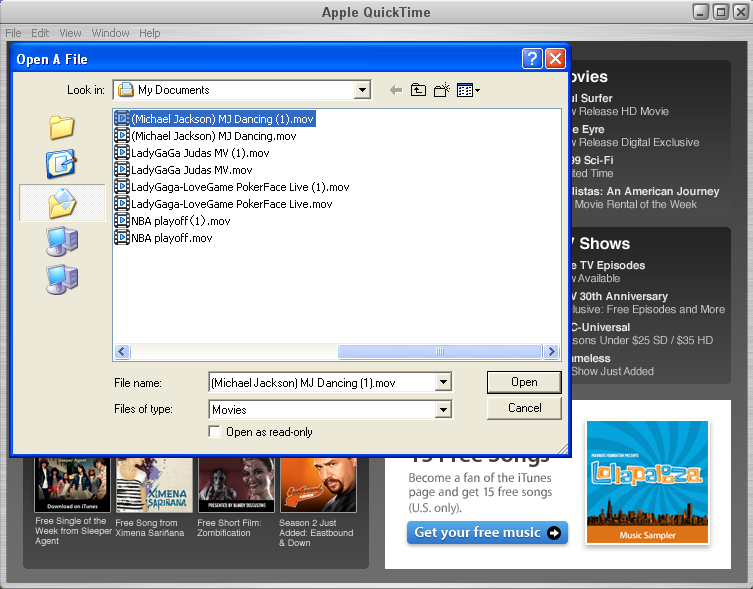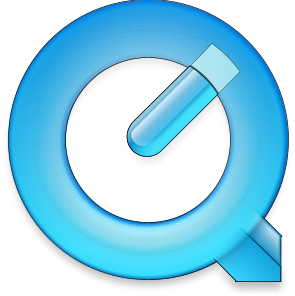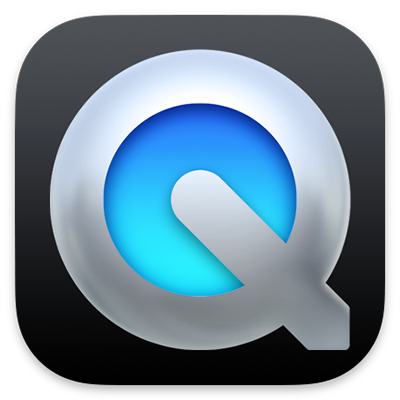


For this, you are going to need Apple’s Lightning Digital AV adapter, which essentially allows you to plug in an HDMI cable into it. The most straightforward and stable way to mirror the iPhone or iPad screen on your Smart TV is to use an HDMI cable. Unfortunately, the oft-mentioned Reflector is not available on a smart TV.

It is available on Windows, but there is no QuickTime app for Chromebooks – remember, these are designed for browsing. How to Mirror an iPhone to a ChromebookĬonsidering QuickTime Player is mostly for Macs, you won’t be able to run it on your Chromebook. It essentially lives inside your device’s AirPlay feature. Note that Reflector does not have an interface or anything.

Click the arrow pointing downward and select the connected iOS device from the list. By default, you will note that the iSight camera is selected.Go to File, and select New Movie Recording.Close any other apps that use communication between the iOS device and the Mac computer. If you are a QuickTime 6 Pro user, see this article: before proceeding with this installation.With a Lightning-to-USB cable, connect your iOS device to your Mac computer. Installing QuickTime 7 or later will disable the QuickTime Pro functionality in prior versions of QuickTime, such as QuickTime 6. If installed on other versions of Windows, it may not offer full functionality. QuickTime 7 is for use with Windows Vista or Windows 7. If you still need this legacy plug-in, you can add it back using the custom setup option in the installer. The QuickTime web browser plug-in is no longer installed by default and is removed if you have a previous version of QuickTime on your PC. For information on the security content of this update, please visit this website. QuickTime 7.7.9 contains security updates and is recommended for all QuickTime 7 users on Windows. If you no longer need QuickTime 7 on your PC, follow the instructions for uninstalling QuickTime 7 for Windows. All current Windows web browsers support video without the need for browser plug-ins. New versions of Windows since 2009 have included support for the key media formats, such as H.264 and AAC, that QuickTime 7 enabled. Important: QuickTime 7 for Windows is no longer supported by Apple.


 0 kommentar(er)
0 kommentar(er)
